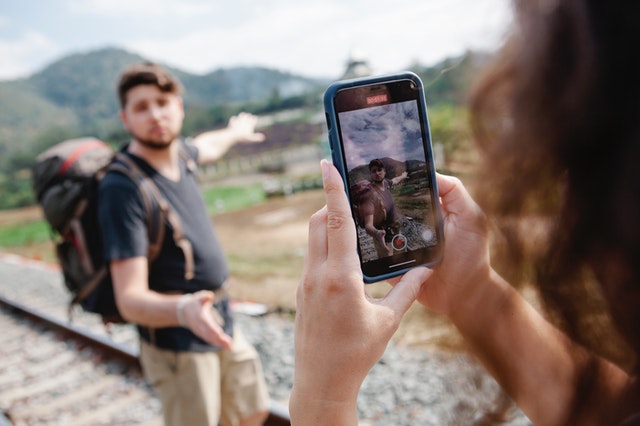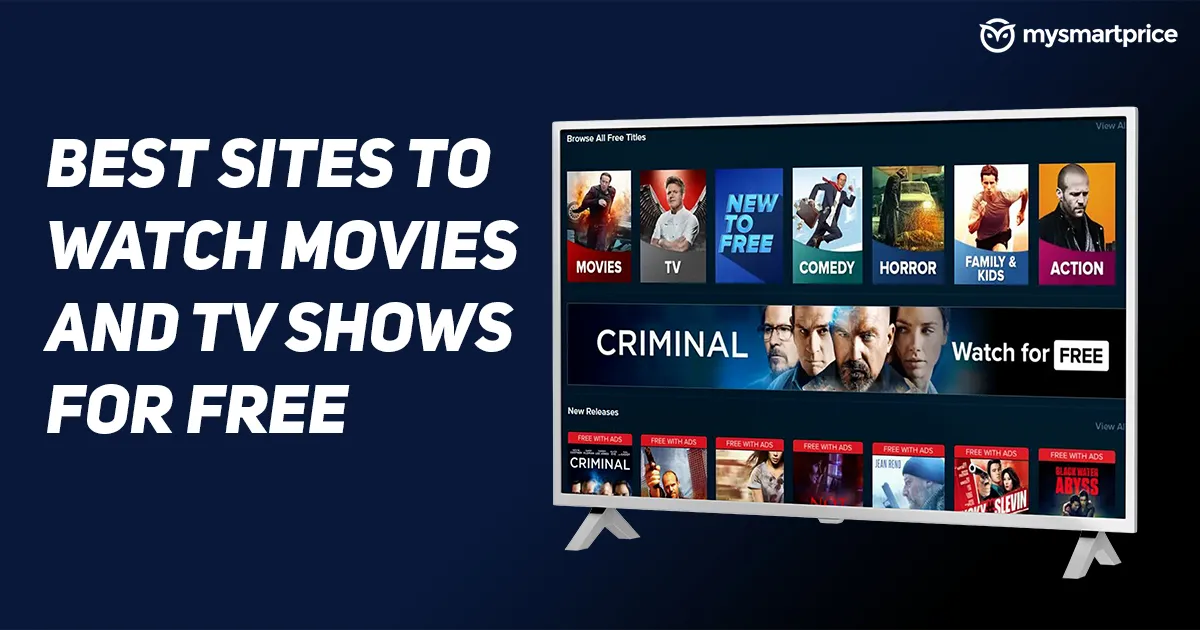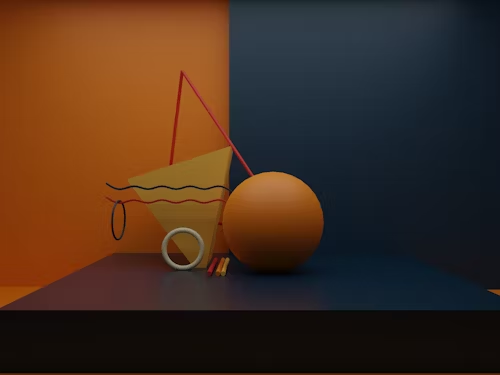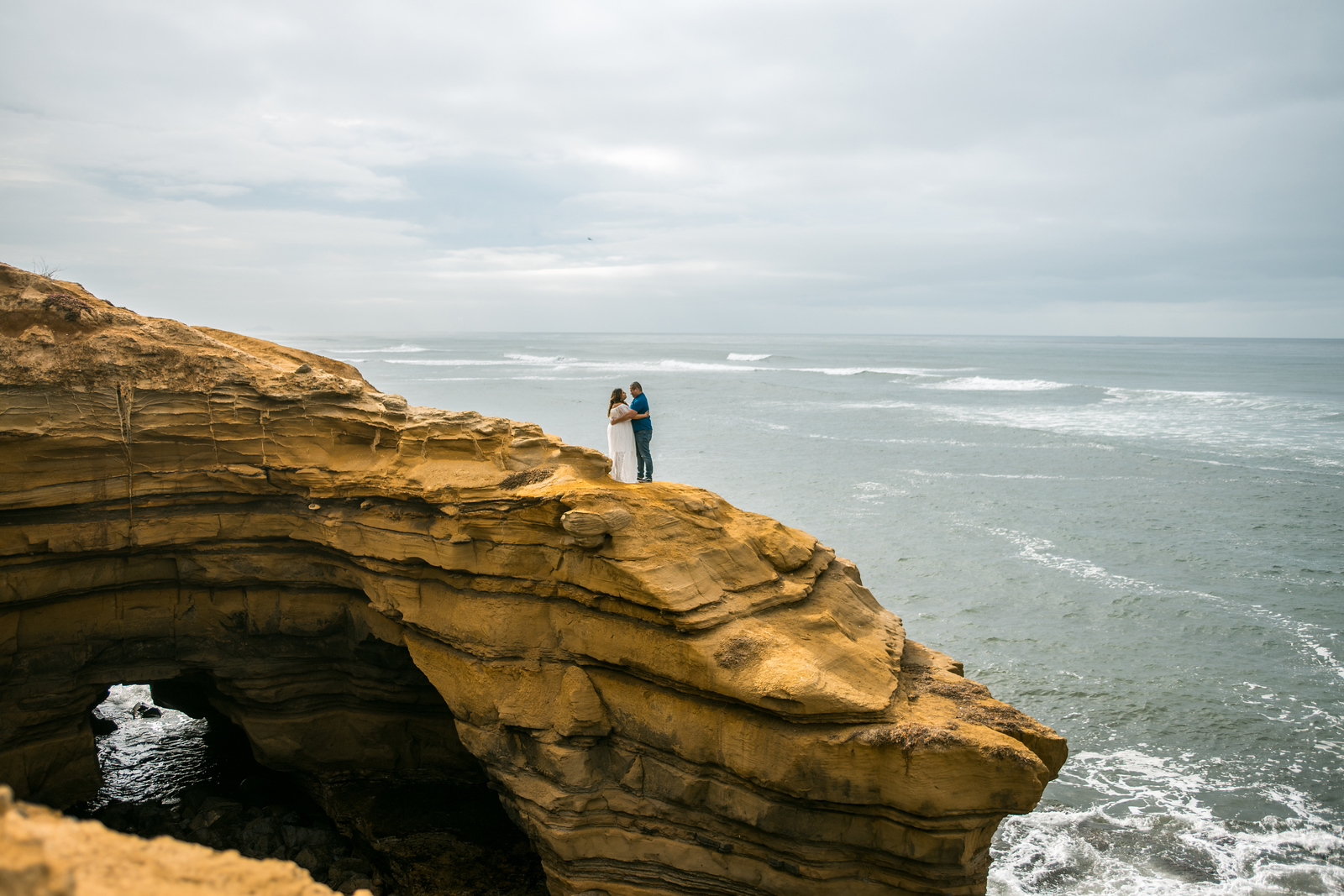We all have skills that are worth sharing. You may be considering starting a blog to share the information you have gained throughout your life. Be aware that you can expand your reach with short videos to share this information and draw folks back to your blog.
Keep it Short
An informational or instructional video is much more helpful if you can keep it short. Television has trained us to be done with a story in about 30 minutes. A 60-minute video may be started but never finished by your potential audience. Not every minute of the video will make it to the screen after the final edit.
Give your video a topic and stick to the theme. If you have a project that can be shared in 120 minutes of video, be aware that you may need to do six 20 minute videos to get your potential clients to watch to the end. Because your monetization rates are tied to those who watch to the final sign-off, short videos can not only increase your audience, but they can make you more money over time.
Set the Tone
Your attitude will set the tone for your videos, as will the background colors and your clothing. Adding Royalty-Free Action Music to a cooking video will be jarring unless you’re boiling something up in a turkey fryer. However, this music may be great for shooting a video on hang-gliding or skateboarding.
In addition to providing visual appeal and actionable music, make sure you also create stopping points. Develop an outline and use it to split up action videos from the flat outline screen. Too much screen activity may lose you, viewers, because your intended audience loses interest. Posting your outline or posting a quiz is a great time to stop the video, take a bio break, or just stretch and prep for the next section of your video.
Focus In
If you’re making and editing your videos, you will want to consider working with a camera person to focus on your project, your theme, or your actions. For example, you may be teaching people to create art. Focusing in close on paint mixing allows you to come back and do some voiceover work on your lesson.
This focus can also be used to repeat an action. For example, if your video is about skateboarding stunts, showing it once won’t be enough to train someone to do it safely. You’ll need to
- show the full movie
- break it down into steps
- train each step slowly
You can also add music to provide a rhythm for the practice steps until your viewers can perform each step with confidence at the same beat.
Foreshadow and Point Backwards to Previous Videos
New skills are built by learning the basics. These stepping stones are critical to success. You can’t paint great art without learning to hold a brush. You can’t learn advanced athletic moves without having a strong core and great balance. If you’re editing your videos, make sure you add links in your advanced videos to demonstrate those basic moves.
No, you may not be thrilled with those early videos. However, as others learn how to do the things you do off your channel, they can also learn that you have grown as a YouTuber and as an expert. These older videos will inspire those learning from you that having a learner’s mindset is critical to growth.
As you direct viewers back, make sure you also foreshadow the content of future videos. While any video you edit should function as a standalone piece of information, adding information on future videos will further engage your viewers.
Recommend Other Experts
Make sure to connect with others in the industry. If you make or edit videos about skateboarding, connect with those who make the helmets and pads so you can share their expertise and share their videos as available.
Video tutorials offer your audience a wonderful way to understand the instructions you’re trying to share. They can review the video, listen to it repeatedly, and stop it as they work through the instructions step by step.






